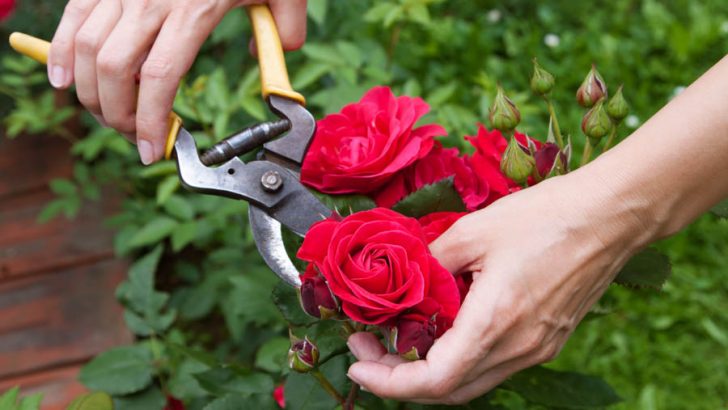Green Fingers
March – this month – has a very appropriate name, growth in the garden goes from an almost stand still to quick march now that spring is here.
March in the garden is the month for rose pruning. Weather dependant mid-March is ideal but if it is very cold, leave it until later in the month. If you leave it until next month, the plants will still flower, just later than usual. The reason for not pruning earlier is new growth may be damaged by frost.
There are some types of roses you don’t prune now, old fashioned roses, climbers and ramblers are pruned after they finish blooming (late summer). Shrub and species grown for their flowers also after flowering finishes (mid summer), those varieties grown for their hips such as rosa rugosa cannot be pruned now, lightly trim them in late winter.
Types that need pruning now are patio and ground cover roses. These just need a tidy up. Using sharp secateurs, cut out any weak, broken or overcrowded stems and lightly cut off the end of stems that have died back.
Modern bush roses (hybrid teas and floribundas) are the ones that are most important to prune. They flower on the tips of their stems and if left unpruned you will need a ladder to see the flowers. Using secateurs, they should always be sharp and clean, start by taking out any dead, diseased or damaged shoots. Then remove any that are weak and feeble or crossing the centre of the bush, causing congestion.
At this point have a good look all around the plant at what stems are left. Think about what you should do next. The shape at the finished rose bush should be like a wine glass with four to five good healthy stems. Pick the ones you are to keep. They should be the thickest, strongest, healthiest looking ones. Take out the rest. With the four to five you are keeping, select an outward facing bud approx 50cm/20in above ground level.
Compost
Make your cut sloping away from the bud about 1cm/0.5in above the bud. When you are finished, give your roses a generous helping of homemade garden compost as a mulch, be careful to leave a small area clear around the stem.
Prune dogwoods and willows, grown for their coloured winter stems, by cutting the oldest stems 15cm/6in from ground level. This encourages the growth of new stems which have the brightest colour. Prune Buddleia and elders by cutting last year’s growth to 15cm/6in from the main framework. Buddleia flowers at the tip of the stem, won’t be visible if left unpruned.
Elders if hard pruned produce bigger, more spectacular foliage. If you grow elders for their flowers rather than for their foliage, prune them lightly as hard pruning favours foliage over flowers.


 Paul Gargan
Paul Gargan
